“The land on the Sea-Coast is high with Steep Cliffs; and back inland are very high Mountains. The face of the Country is of a hilly surface, and appears to be cloathed with wood and Verdure.” – Journal of Captain James Cook, 8th October 1769
Captain Cook’s observations would still be accurate 250 years later, even if New Zealand’s population is now at 4.8 million people plus 26 million sheep, dispersed on two very distinct islands.
Unlike Captain Cook, our one-month journey was not made by sailing a large ship around the islands but by traveling in a nice, compact Class B+ motorhome. It is virtually impossible to thoroughly visit both islands in a single one-month visit, but we saw enough to classify this trip as one of the most memorable in our lifetime. Still room on your bucket list? Grab some drinks and snacks and tag along, because this country might just make it to the top of that list.
Beginning with this article, I will attempt to show you our favorite places on North Island and, in Part II, South Island.
But first, let’s talk about a few details that are important to know.
The best way to discover New Zealand is by renting a camper.
Transportation
We chose to visit the country in a motorhome. Being used to the quality and comfort of our own LTV, we chose to rent an imported Class B+ European model with a floorplan very close to that of the Wonder RTB, which made us feel at home immediately. There are a number of companies that can provide rental models ranging from a converted van to Classes B, B+, and C.
It must be said that the roads throughout New Zealand are very narrow, so if you can be happy in a Class B, you will find it easier to manoeuvre the narrow and sometimes extremely twisty roads. A Class B+ is ok, but just a little more demanding in skill and your full attention is always tested. Daydreaming or sightseeing while driving is a recipe for disaster, whatever vehicle you’re driving.
We found the adjustment to the right-hand driver’s seat and opposite side of the road to be a little harrowing at first. If you follow traffic you will be fine – as long as the one ahead of you is not a first-timer! At every crossing one of us would say, “Look right!” and thankfully we made it through the month unscathed.
If you do make plans to rent a motorhome in New Zealand, I would recommend dealing directly with the rental company and not going through an agent representing multiple companies as we did. The pricing can differ, the contract’s terms and conditions were also different than what we were faced with at the dealership, and some extras, such as chairs and table, were charged by the agent that can be given away by the dealer.
Finally, be very knowledgeable of the insurance details ahead of time so you are not facing surprises at the dealership and making costly on-the-spot decisions. I can’t stress this point enough.
Where to Stay
Download the CamperMate app on your mobile. It has all the information needed to find free or paid campsites, dump stations, gas stations, grocery stores, attractions, wifi, and more. We found it to be extremely accurate and it is regularly updated with new information about pricing. It will also tell you how many spots are left open in a campsite. We couldn’t figure how that worked, but it was surprisingly accurate in some cases.
Freedom camping is a way of life in New Zealand.
Freedom camping is the term used for boondocking. The only restriction is that your vehicle must be certified as self-contained. Chances are your rental vehicle will be certified, but check anyway. Our vehicle, although officially certified, did not bear the necessary labels. We had two instances where rangers questioned us about it and once we showed them our handwritten certification number, they walked away. A hefty $200 NZD fine awaits those camping without the proper certification. Freedom camping is well organized throughout the country; it is a way of life. Although more restricted than it used to be, we almost always found a nice place to stay close to our next destination.
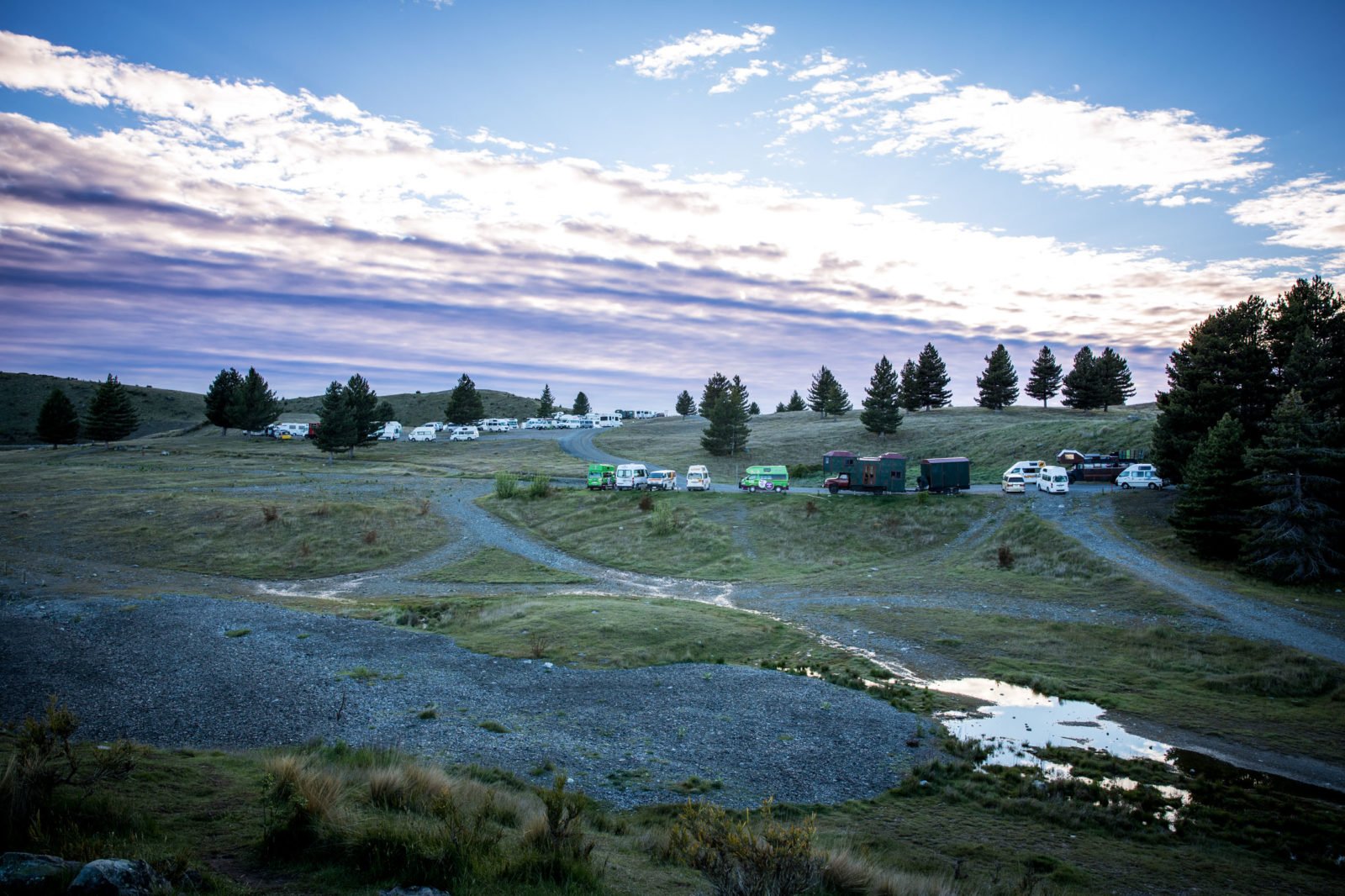
Here’s a typical freedom camping site in a very early morning light. Obviously it is first come, first served, but some are so massive that there is space for a hundred campers or more. Notice the many small vans converted to self-contained campers. Some have quite the original design!

Another example where we chose a spot that was not an “official” freedom camping site. The road next to the site leads to Mt. Cook and is totally deserted at night. Lake Pukaki’s emerald glacier water borders the site to the right.
Paying campgrounds are not fancy and nowhere near the resort style found in America. The only reason to go to a campsite (named Holiday Parks in many cases) is to benefit from water and power services.
Dump stations can usually be found in many towns and we found them to be generally clean and well-maintained. Potable water is almost always available at the stations. During the trip, we drank water from the potable water taps without any problems.
Staying in Touch
Upon our arrival at Auckland International Airport, we purchased a Vodafone SIM card for $50 NZD. The card allowed 200 minutes of international calls back home to the US and Canada, 10GB of data, unlimited calls and text to New Zealand destinations, and one month of free social media use, including images and video. Prices will vary, but the point is that using our Canadian mobile services provider would have been extremely expensive in comparison.
Let’s Begin: North Island
In this article we will travel through some of the images of a few places we really loved. Please read the captions below each photograph for a detailed description.
But first, here is a map of our itinerary to follow along.

Our starting and ending point was Auckland.
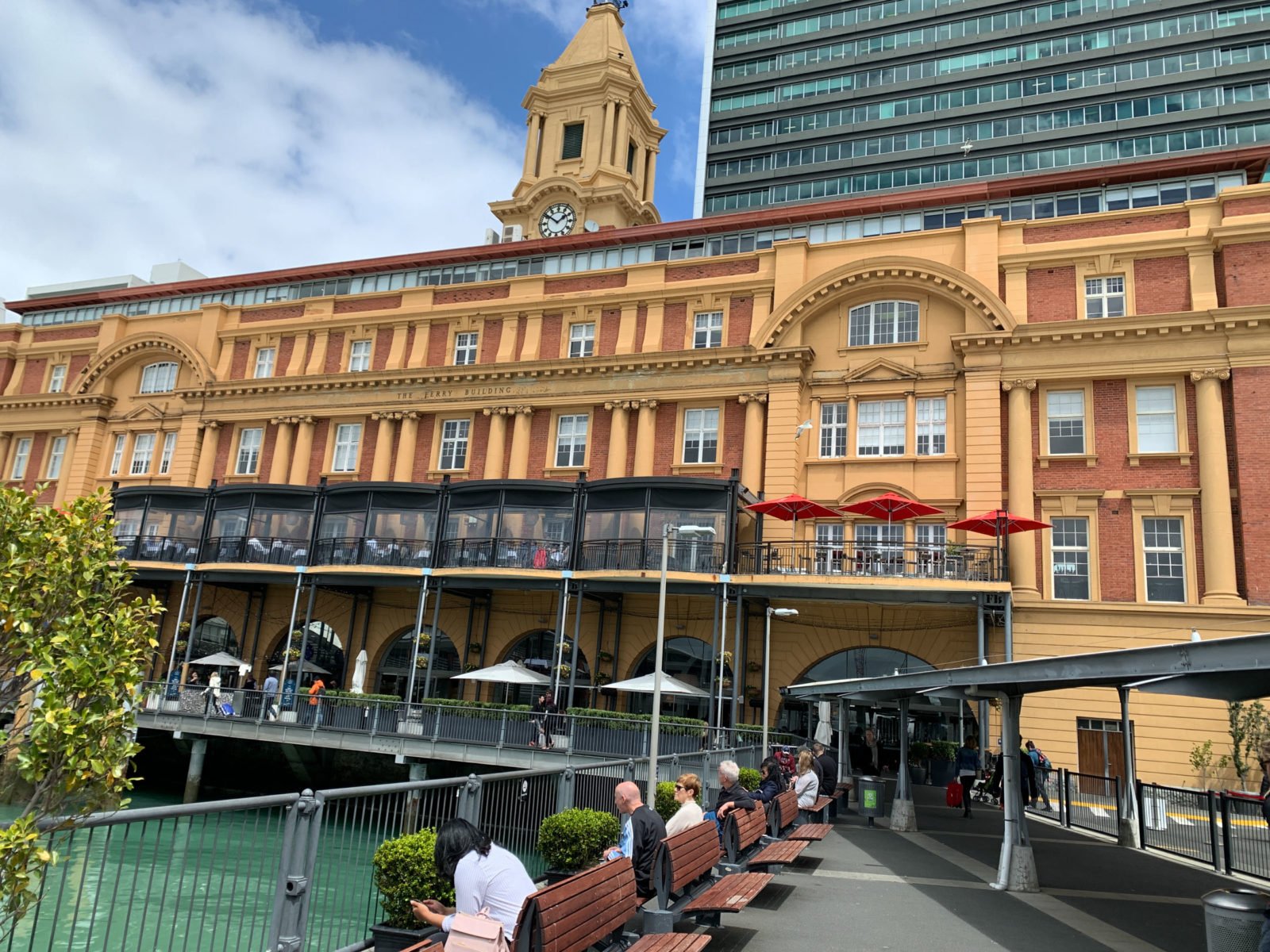
Auckland is a large urban city of about 1.5 million. There is a nice mixture of historical and modern architecture. Seen here is the Downtown Ferry Terminal. Upon leaving Auckland, heading south, we immediately encountered beautiful scenery, with gentle rolling hills populated with sheep and cattle. The few four-lane highways in New Zealand border the major cities. The main Highway 1, which traverses both islands, is mostly a twisty two-lane road.


The very tall hedges on each side of the road are ever present throughout the country. We were told they protect the crops from wind and neighboring spraying.

The east coast has many beautiful beaches. This one is near Mt. Maunganui (a highly recommended trek takes you to the top). The mile-long beach has plenty of parking on the road.
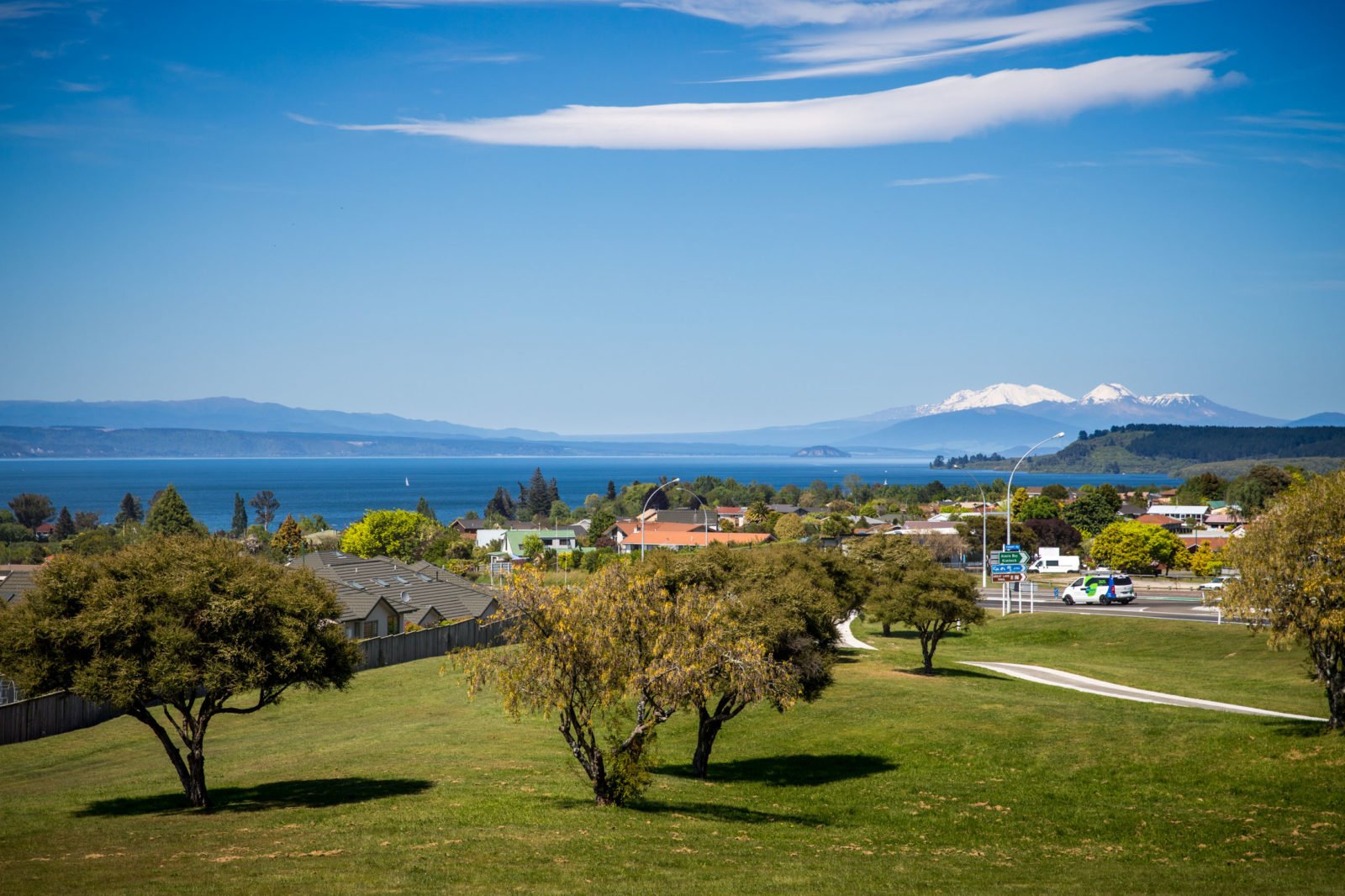
Arrival at a very nice town called Taupo, with a lake of the same name. This is a destination for those who like outdoor sports. Hiking, water sports, cycling – you name it, they’ll outfit you and guide you. We stayed at a lakefront freedom camping site, readying ourselves for what would turn out to be an extraordinary hike on the snow-capped mountain seen in the background.

The Tongariro Crossing is a must but requires a high degree of physical ability. It is a long walk up and down mountains and valleys. It turned out to be an unforgettable day. Our GPS calculated a total of 23 km for the day. Sore feet and legs did not wipe away our smiles and the great sense of accomplishment we all felt when we arrived at the end of the trail. Pictured here at the start of the trail (left to right) are Joanne Chenail-Trépanier, J-F Trépanier, myself, and Joanne Angers.
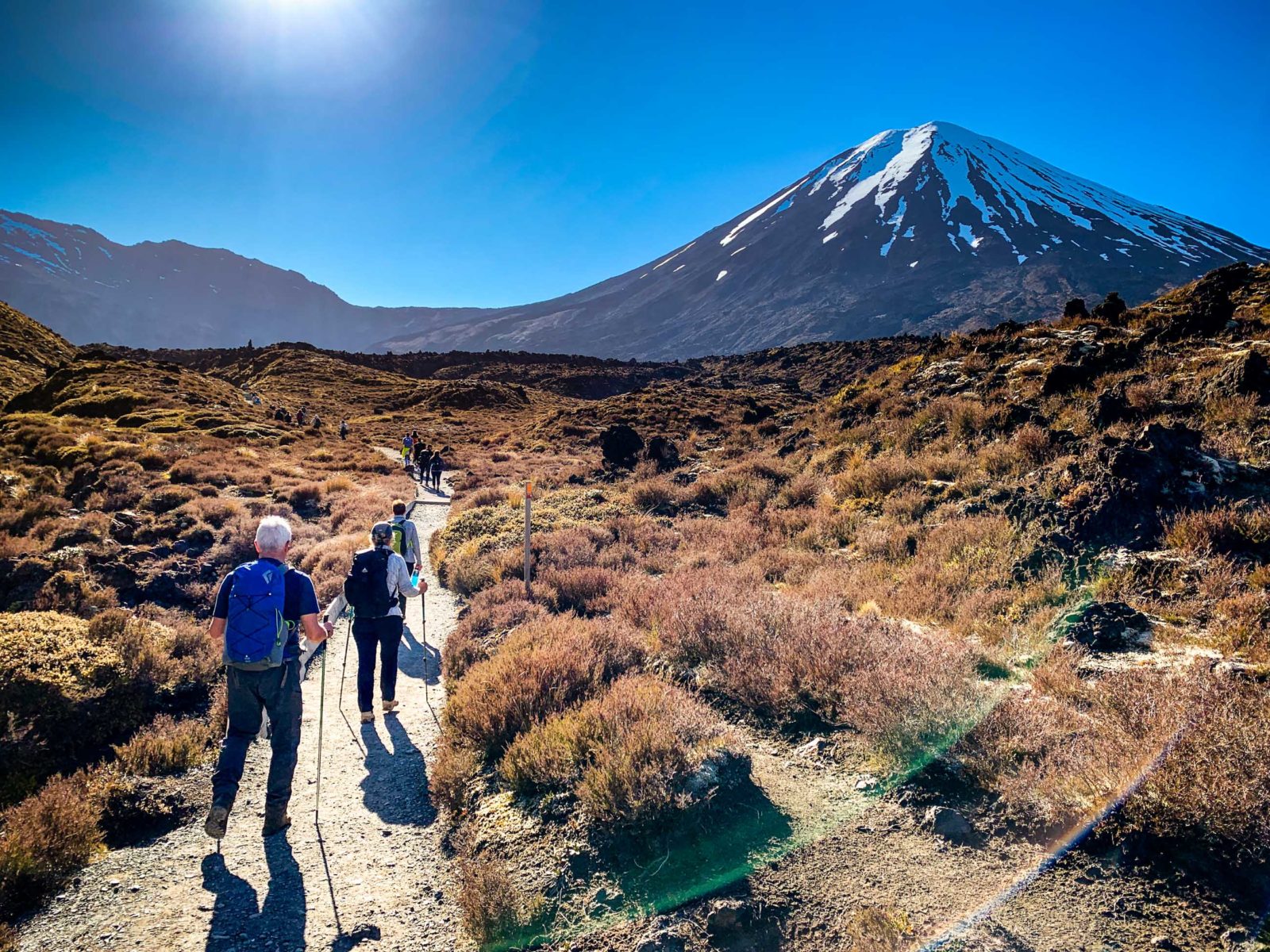
Early on during the crossing our eyes were fixed on massive Mt. Ngauruhoe, an active volcano. There are signs on the way which instruct you to “run away from the volcano in case of eruption.” NO KIDDING!
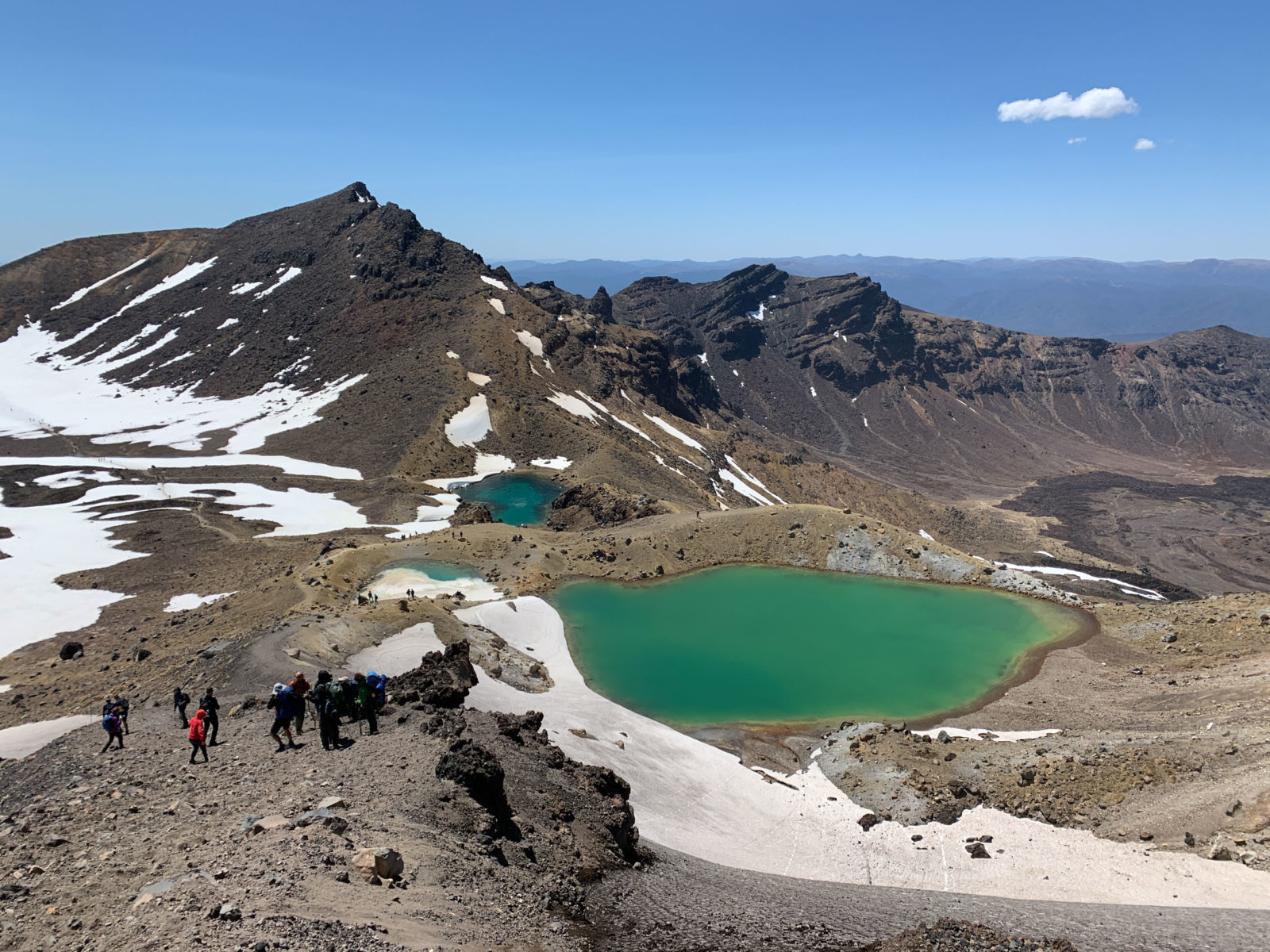
One of the highlights of the crossing was two emerald lakes near the top of the highest peak. Notice how the people are carefully sidestepping down the hill. It is deceivingly steep and the footing is made of loose debris from previous volcanic activity. Very slippery, but manageable with care.
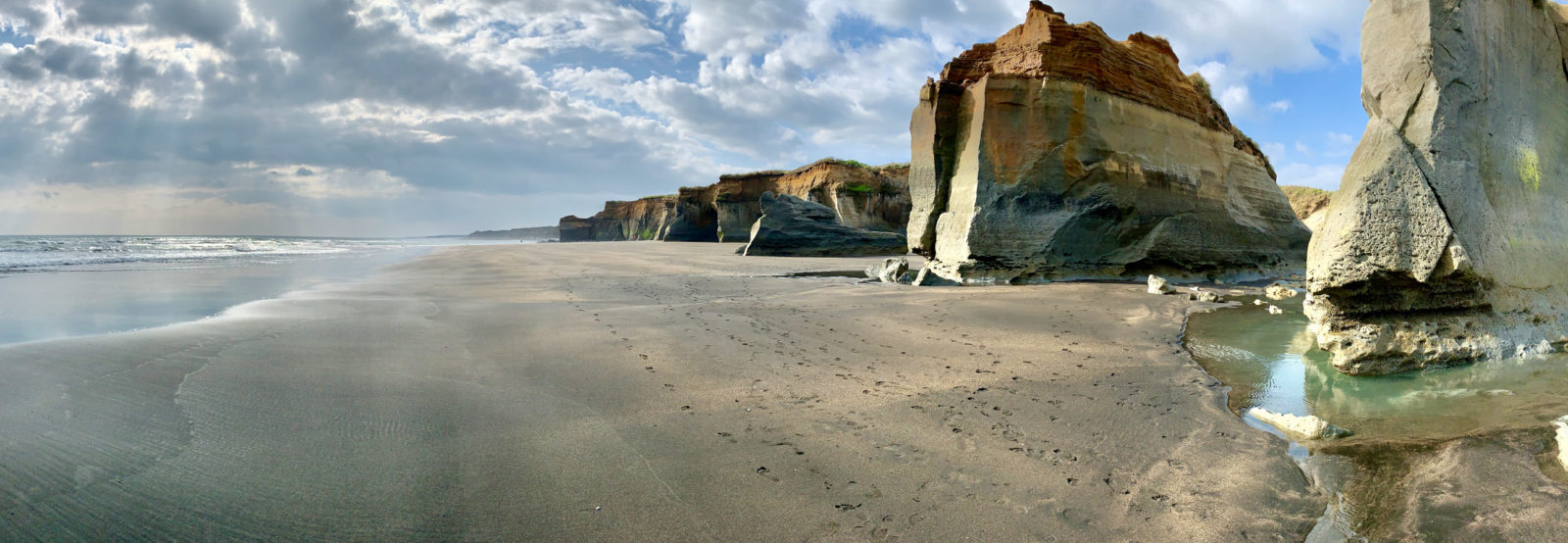
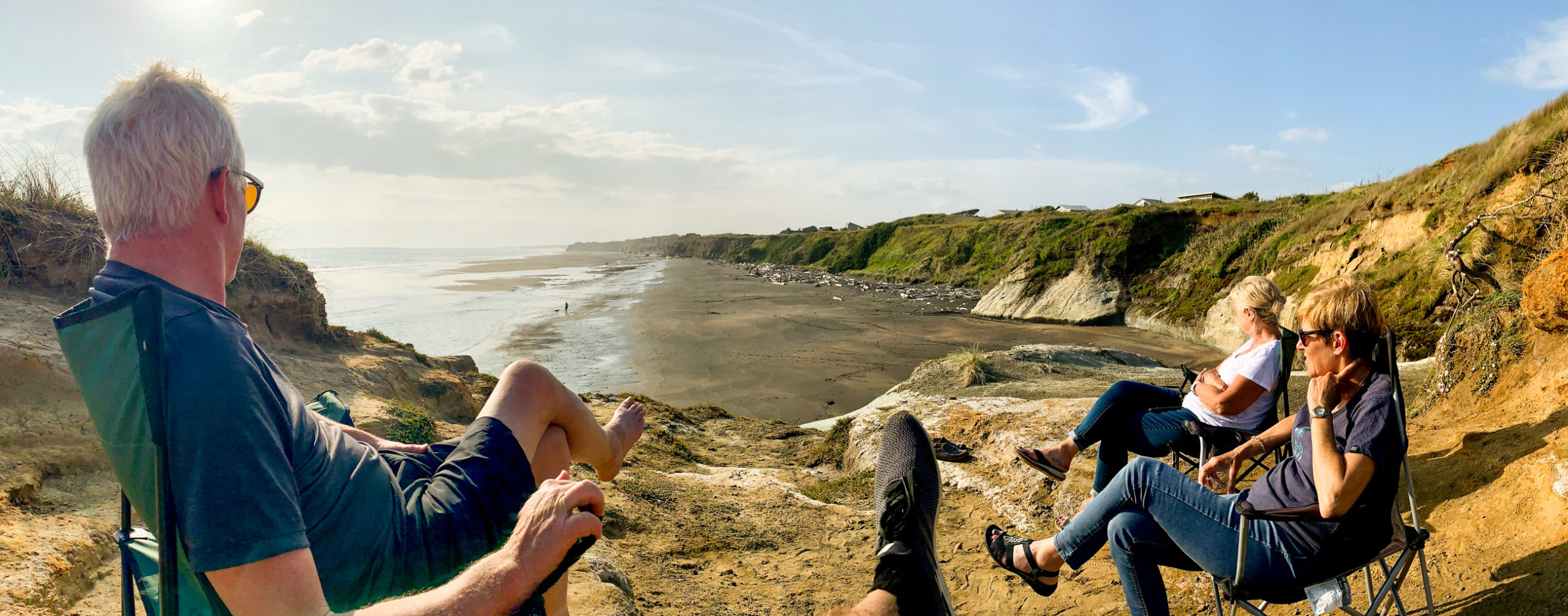
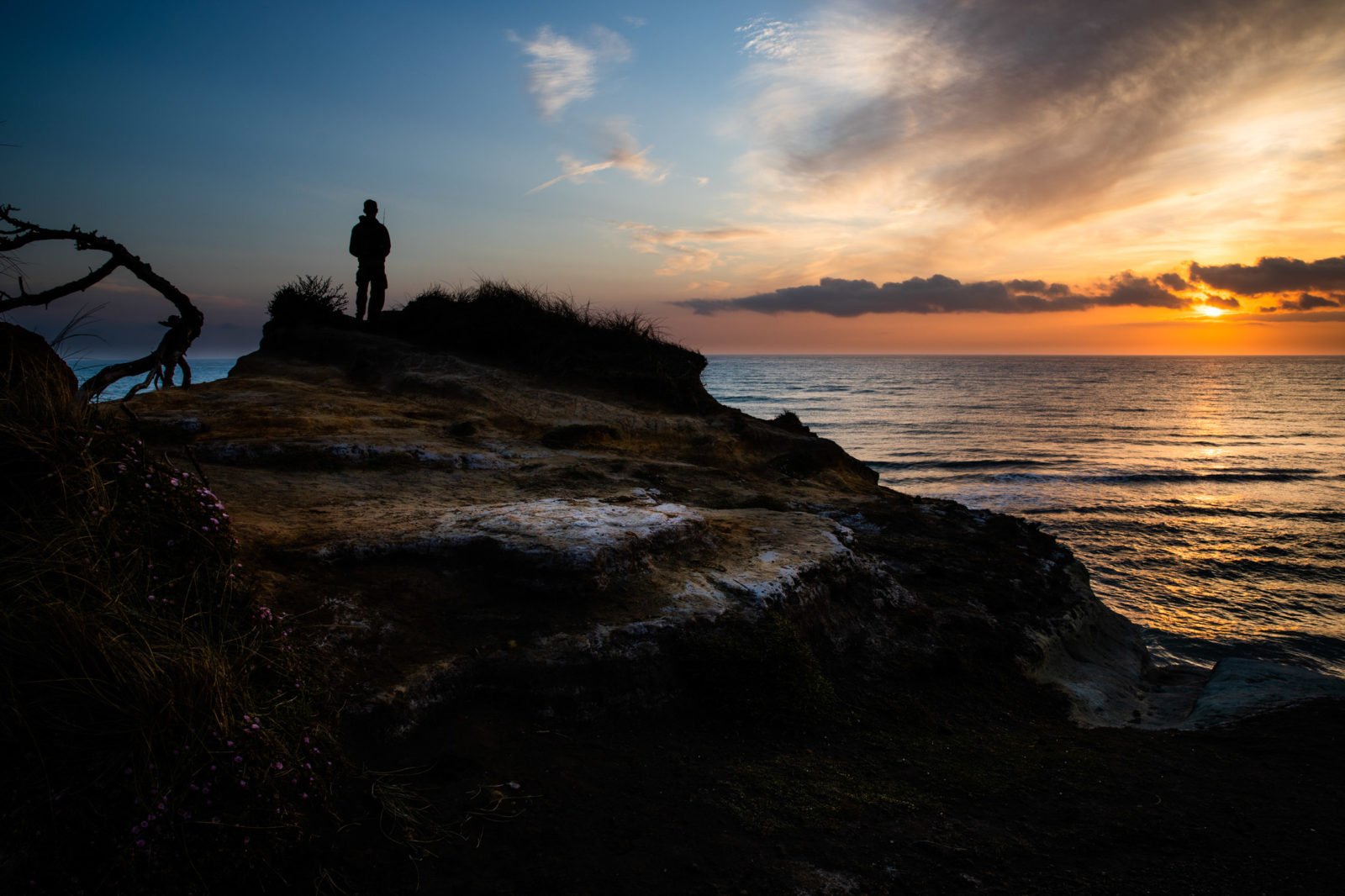
The west coast has a more rugged landscape with very accessible deserted beaches. The first photo above is Waverley Beach, a breathtaking spot with freedom camping right on the edge of the cliffs. Next, a peaceful moment awaiting what would turn out to be a memorable sunset. Above, the last catch and last rays of the day.

At the very southern tip of North Island is Wellington, the capital city of New Zealand. We took a one-hour guided tour through their parliament buildings. The tour was very interesting, educational, and well worth the time. Wellington is also where we took the three-hour ferry crossing to South Island.

The ferry takes you from Wellington to Picton, a small harbor on South Island. From there would start an epic journey through the extraordinary sights of South Island. Pictured here is the Queen Charlotte Sound, the entry point to the Island.
During a short one-month visit to New Zealand, it is impossible to see everything. You can easily spend one month on each island and still have lots to discover. Choices must be made. However we came prepared with a list of places to see and things to do, a sort of buffet from which we would nourish our curiosity. You will find a large number of videos on YouTube with everyone’s favorite places to go.
Weather was a major factor in our daily planning, and we also relied on locals who suggested places we had never heard of. Most of those recommendations were major highlights of our trip. Below are the places we had on our list for North Island. We unfortunately did not manage to reach a few of them…
- Bay of Islands
- Waipoua Forest
- Ninety Mile Beach
- Auckland
- Coromandel Peninsula
- Waiheke Island
- Hot Water Beach
- Cathedral Cove
- The Pinnacles
- Mt. Maunganui
- Raglan
- Bridal Veil Falls
- Rotorua
- Waitomo Caves
- Wai-O-Tapu
- Taupo
- Tongariro National Park (Alpine crossing)
- Napier
- Egmont National Park
- Wanganui
- Waverly Beach
- Martinborough
- Wellington
Find Part II: South Island right here!
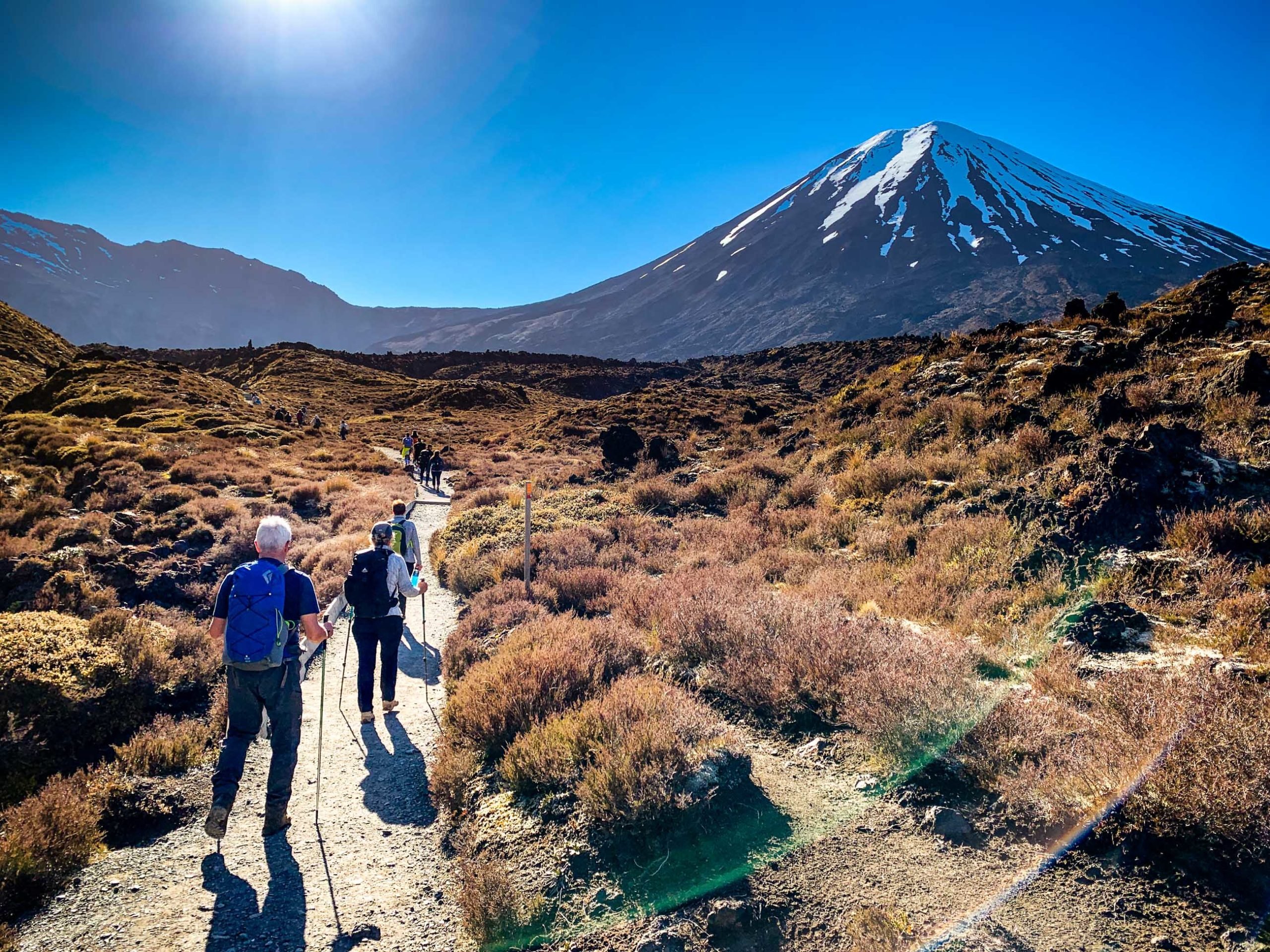
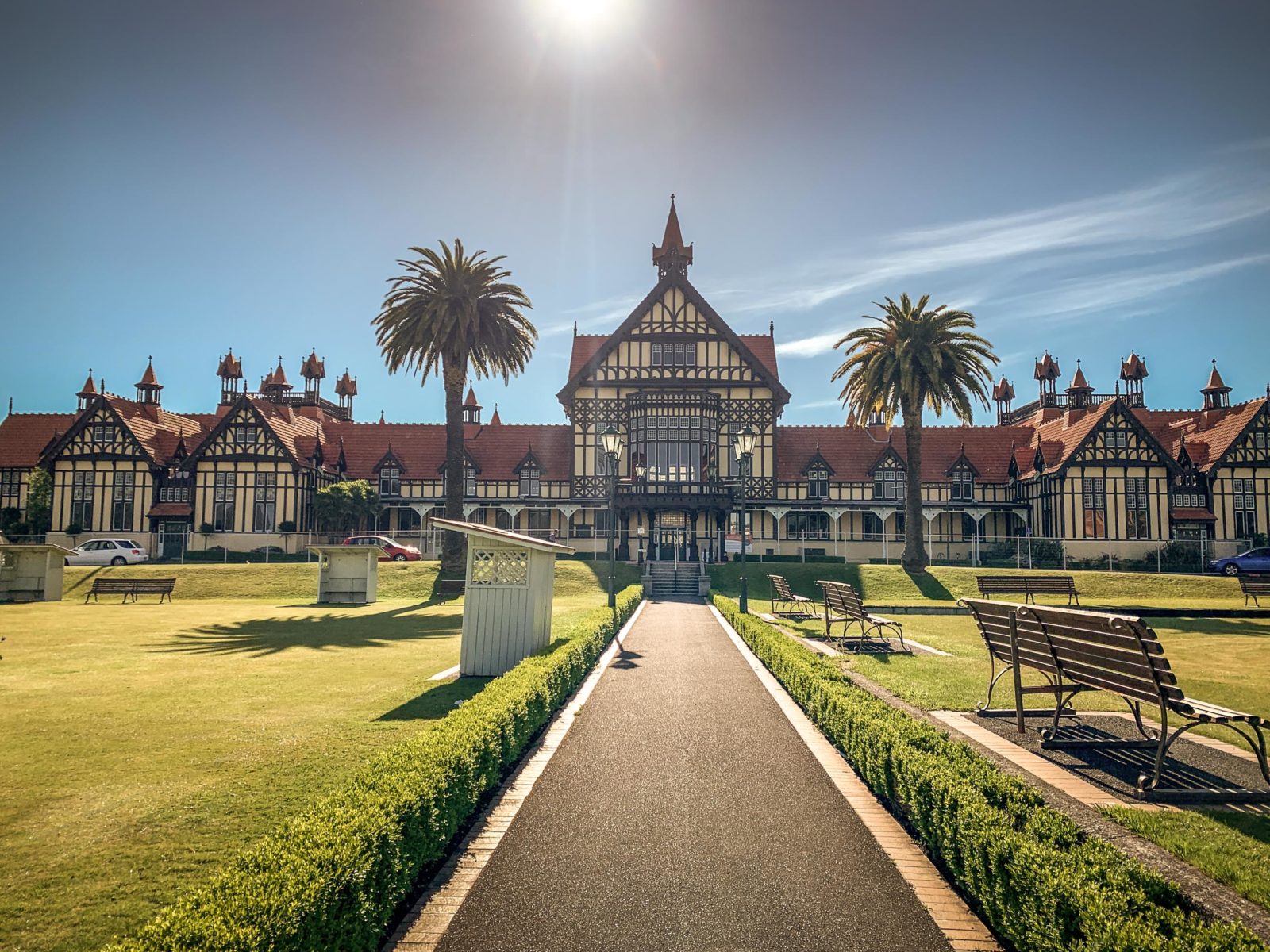
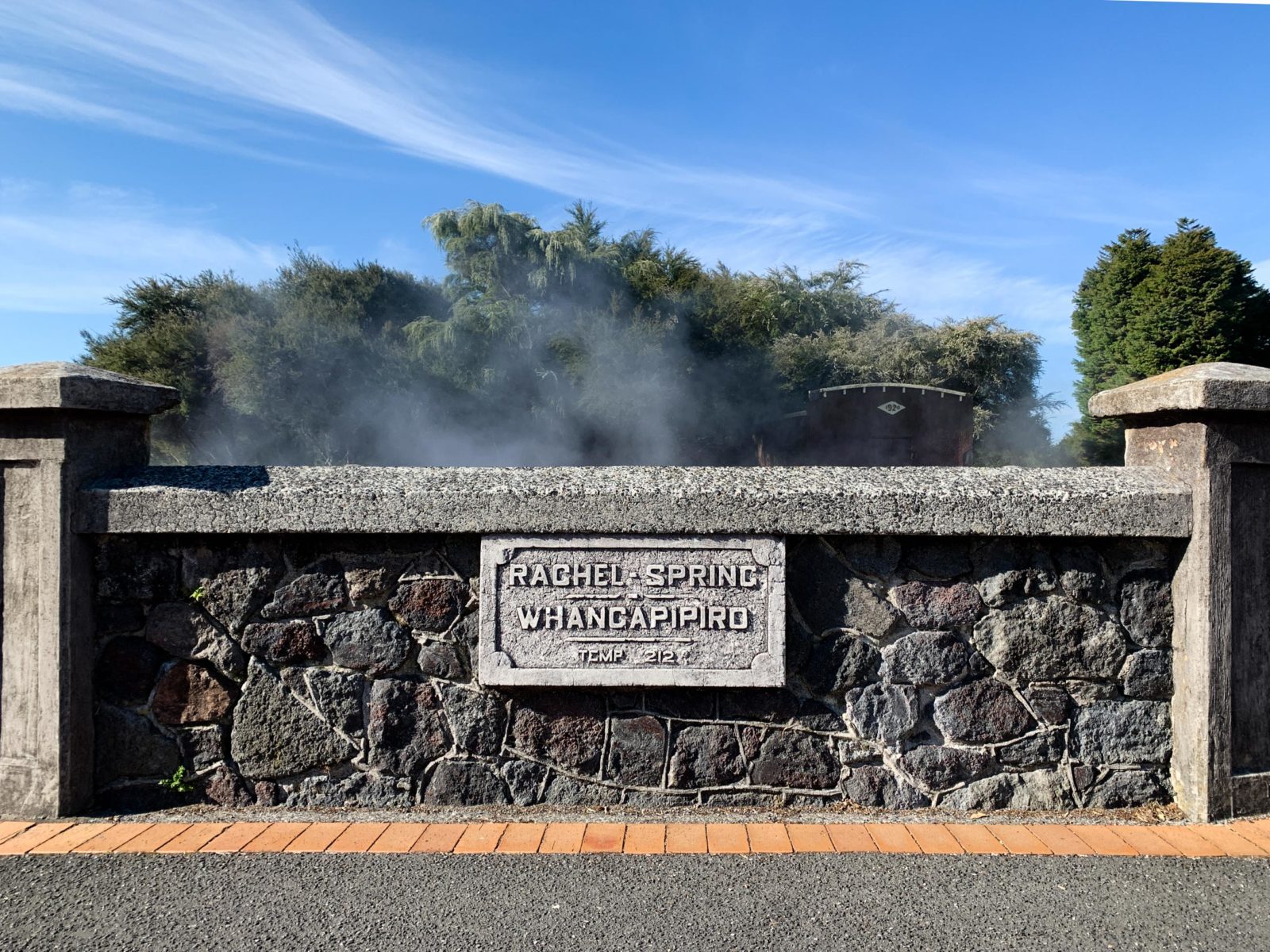
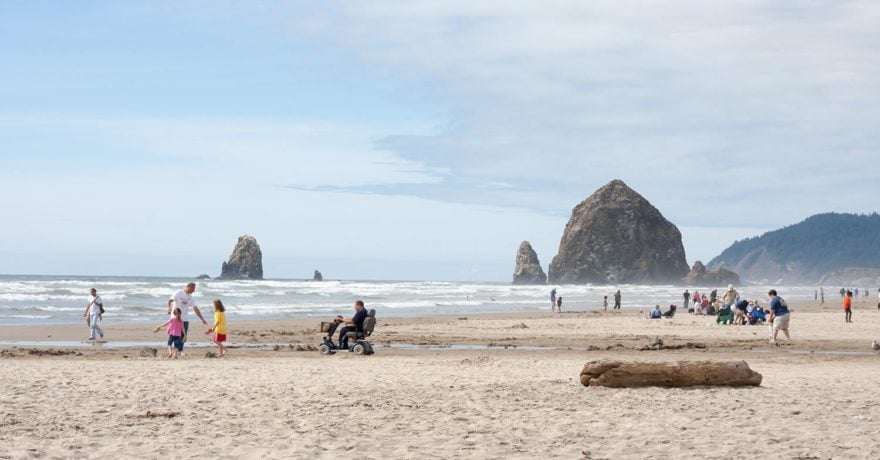
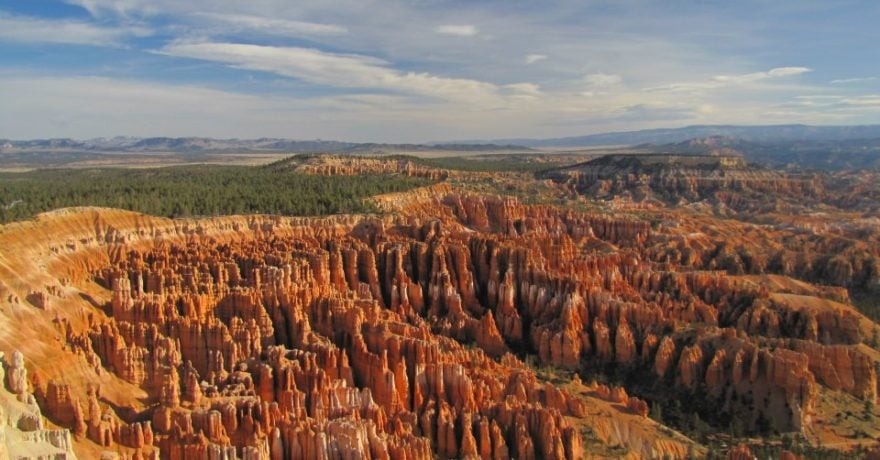
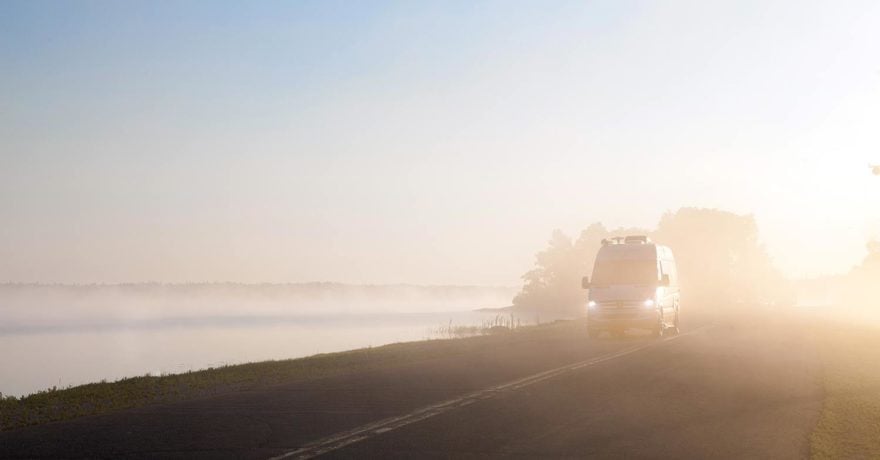
Comments